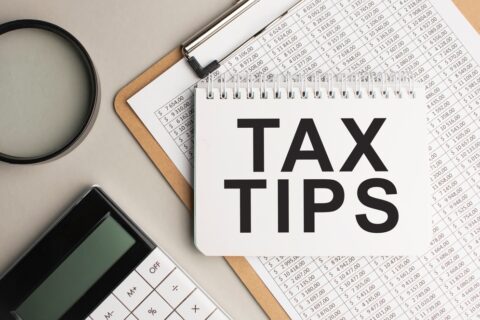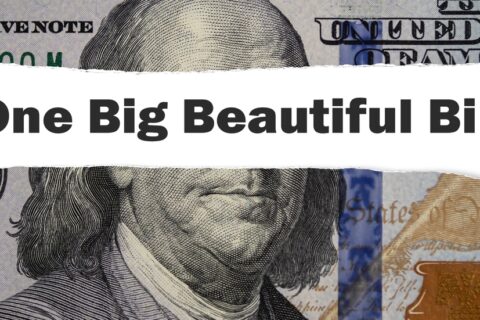In the late afternoon on Friday, January 18, 2019, the IRS issued in rapid-fire succession four documents concerning Section 199A and its pass-through deduction:
- Final Regulations
- Proposed Regulations
- Notice 2019-07 – notice of a proposed revenue procedure detailing a proposed safe harbor under which a rental real estate enterprise may be treated as a trade a business solely for purposes of Section 199A.
- Revenue Procedure 2019-11.
We share with you some of the highlights of this guidance.
Section 199A Final Regulations
This 247-page document includes final regulations and the “Summary of Comments and Explanation of Revisions.” There are many changes, some large and some small in impact. There are also some important “no-changes.” We list here a few key takeaways.
- Taxpayers may rely on the final regulations, in their entirety, or on the proposed regulations issued on August 16, 2018, in their entirety, for taxable years ending in calendar year 2018. (No cherry picking.)
- The starting point for determining the availability of a Section 199A pass-through deduction is the existence of a trade or business. It appears that Treasury received many suggestions regarding and requests for “bright line” delineations of what is or is not a trade or business. For the most part, Treasury punted. But, do see the discussion below about Notice 2019-07 below where Treasury is proposing a trade or business safe harbor for rental real estate.
- The final regulations provide some generally favorable interpretations of the definition of Unadjusted Basis Immediately After Acquisition (UBIA) in the cases of certain manners of acquisition of property, including: Section 1031 exchange, Section 1033 involuntary conversion, Section 721 contribution to a partnership, ”excess Section 743(b) basis adjustment” (but not Section 734 basis adjustment), and property acquired from a decedent, among others.
- The final regulations now provide that if a trade or business provides property or services to a Specified Service Trade or Business (SSTB) and there is 50 percent or more common ownership of that trade or business and the SSTB, the portion of that trade or business providing property or services to the 50 percent or more commonly-controlled SSTB will be treated as a separate SSTB with the respect to the dealings with such commonly-controlled SSTB. This rule eliminates the “80 percent rule” found in the proposed regulations and that could result in unduly harsh results.
- The IRS added 11 new examples that address various SSTB scenarios. These provide some clarity in some key fact patterns. For example, regarding the SSTB of providing health care, new examples address cases involving skilled nursing facilities, outpatient surgical centers, pharmacies, and lab services.
- Relevant Pass-Through Entities (RPEs) can aggregate trades or businesses at the RPE level, with an owner/ taxpayer of that RPE not doing so separately at the taxpayer level with respect to that RPE’s trades or businesses.
Section 199A Proposed Regulations
Treasury released Section 199A proposed regulations on Friday, too. The proposed regulations offer guidance regarding the Section 199A deduction for taxpayers that hold investments in regulated investment companies (RICs), which are C corporations, and are treated as such, for the most part. Basically, the proposed regulations provide that REIT dividends passed through by a RIC are eligible for REIT dividend Section 199A treatment. The proposed regulations also address the Section 199A deduction as it applies to charitable remainder trusts and to other split-interest trusts.
Notice 2019-07
This notice is receiving much attention. It contains a proposed revenue procedure providing a safe harbor under which a rental real estate enterprise will be treated as a trade or business solely for purposes of Section 199A. The proposed revenue procedure states that a rental activity (or multiple rental activities if the taxpayer chooses to treat them as a combined enterprise (commercial properties cannot be grouped with residential properties)) will rise to the level of a Section 162 trade or business if:
- Separate books and records are maintained for each rental enterprise (or the combined enterprise if grouped together),
- 250 hours or more of “rental services” are performed per year with respect to the enterprise (or combined enterprise), and
- The taxpayer maintains contemporaneous records, including time reports or similar documents, regarding (1) hours of all services performed, (2) description of all services performed, (3) dates on which such services are performed, and (4) who performed the services.
There are more requirements. Also, a “triple net lease” cannot fall within the safe harbor. However, the business of owning rental real estate properties subject to triple net leases may or may not rise to the level of a trade or business for Section 199A purposes, based on the facts and circumstances (and not relying on the safe harbor).
Revenue Procedure 2019-11
This Revenue Procedure finalizes the proposed revenue procedure previously released as Notice 2018-64 that provides three methods of calculating wages for purposes of the Section 199A wage limitations.
In Conclusion
There is much more information provided by these four documents. Please contact your HM&M tax advisor to learn more.
Latest Blog
Cash and noncash donation deductions in 2026 The new year brings changes that affect how taxpayers think about ...
Everyone should have an estate plan — including single people with no children. For married couples, the law ...
The One Big Beautiful Bill Act (OBBBA), signed into law in July 2025, restored the more favorable pre-2022 ...
HM&M Updates
Dallas, TX – Aug. 7, 2024 – HM&M, a Springline company (HM&M), a leading CPA firm with four ...
DALLAS, Dec. 11, 2024 – Springline Advisory, a trailblazing financial and business advisory firm, is proud to announce its partnership ...
Last month, Senior Manager, Pearl Balsara was invited to speak at the 2023 FPA DFW Annual Conference in ...










